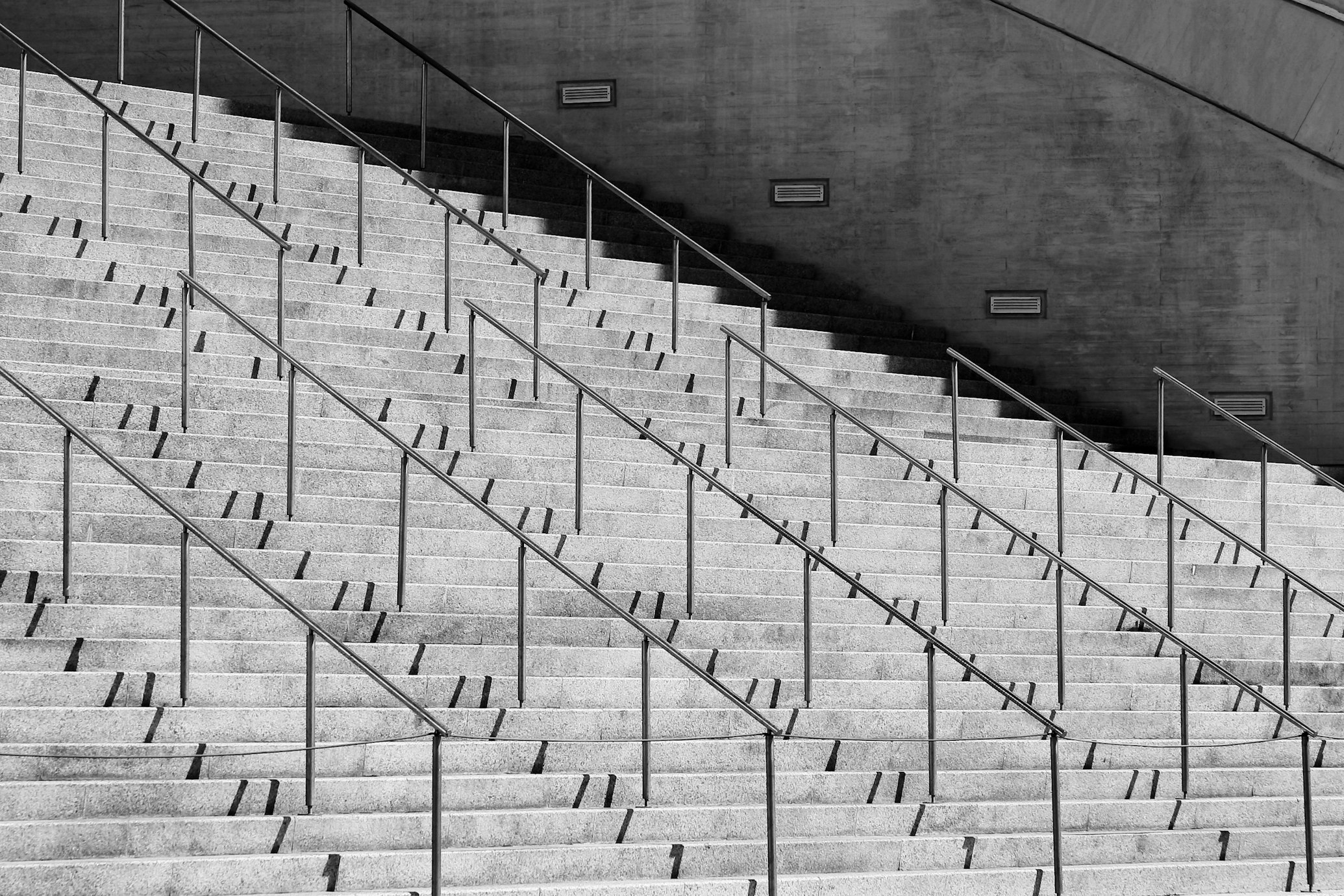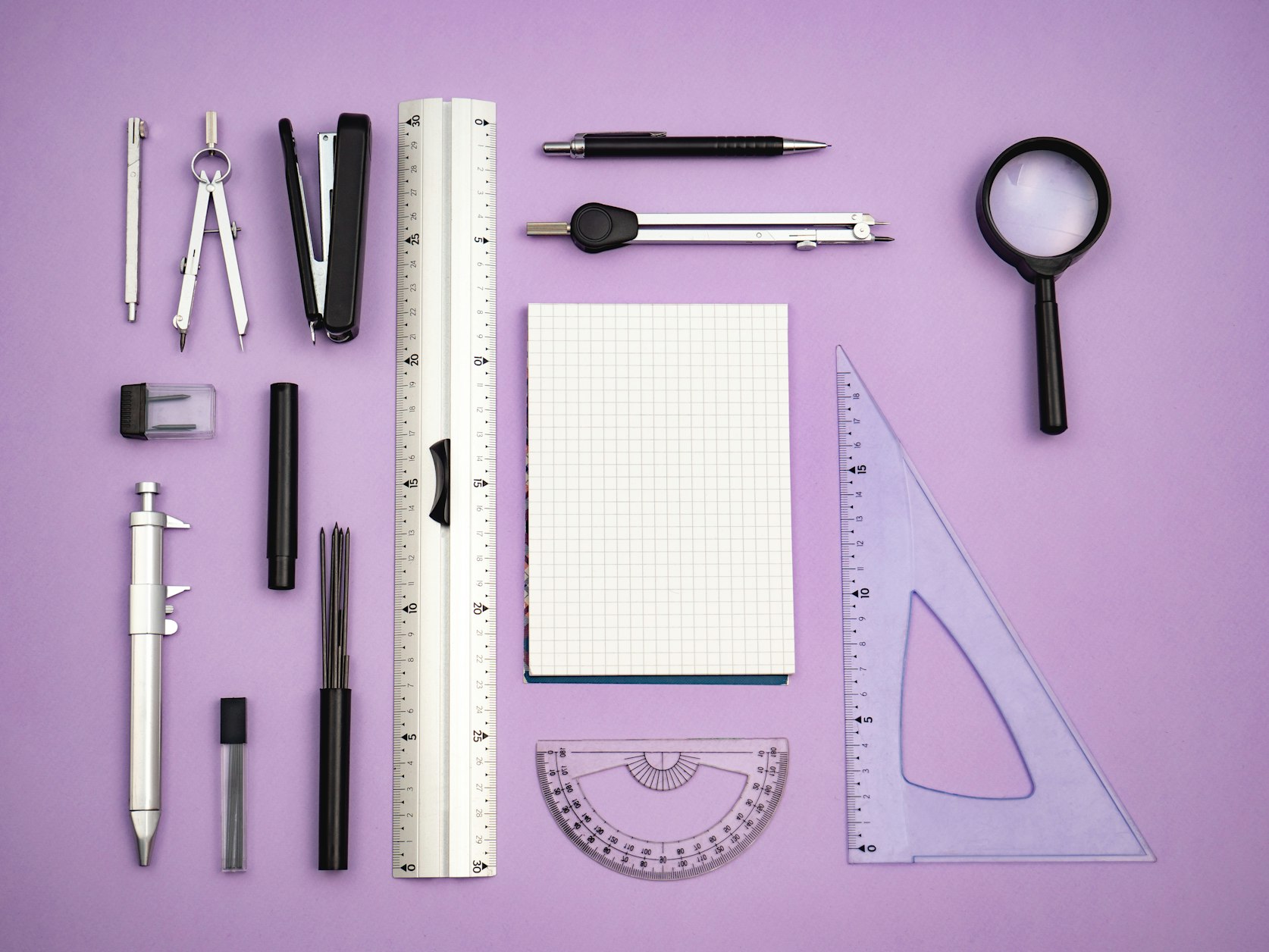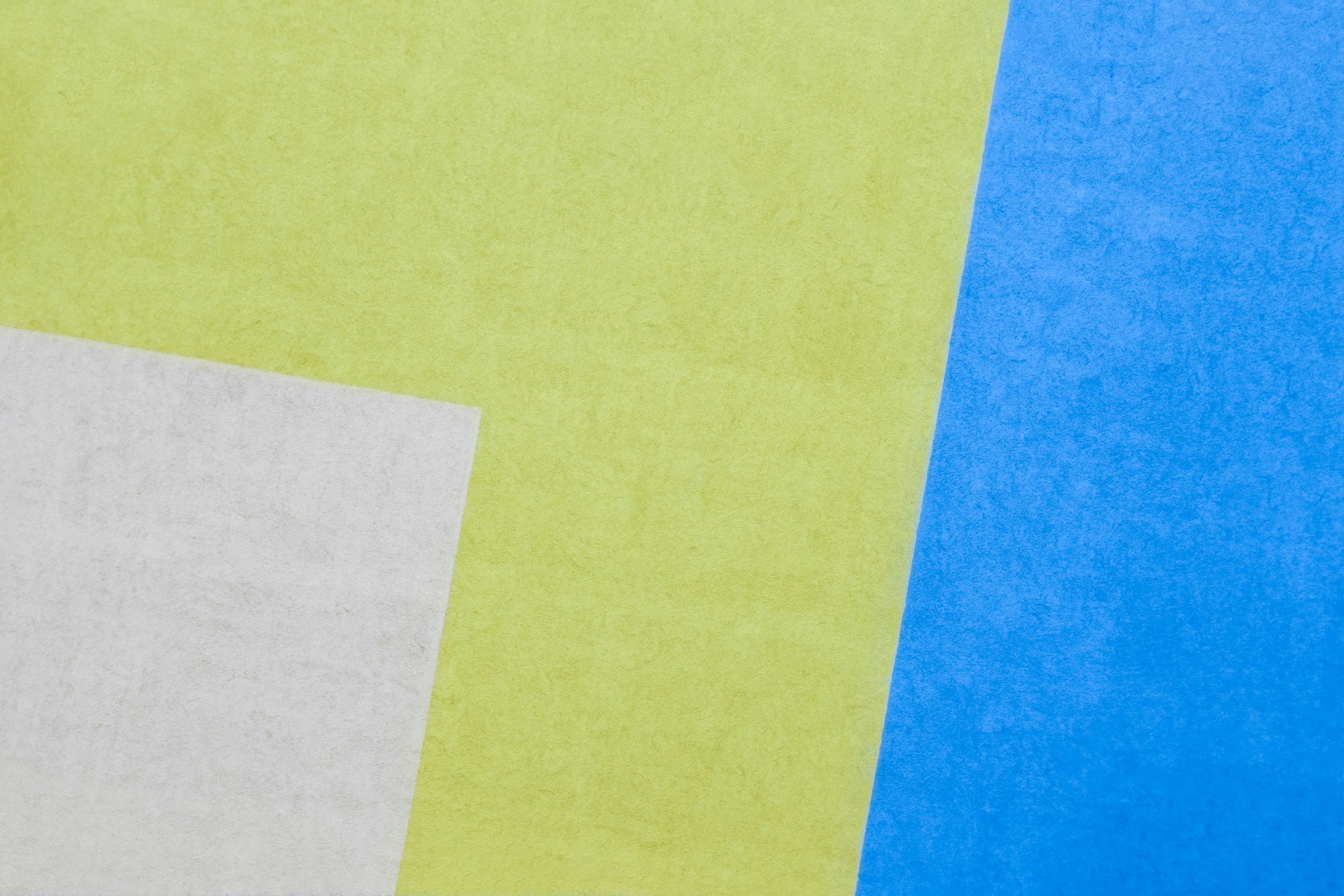· 8 min read
Mastering Light - Adventures with Speed Lights and On-Camera Flash
Mastering Light: Adventures with Speed Lights and On-Camera Flash
There’s something magical about that moment when you finally understand how to shape light. For years, I relied on natural lighting or basic on-camera flashes, producing decent but often flat images. That all changed after attending the the FCCC 2025 Annual Conference, where I had the incredible opportunity to learn from the renowned photographer Bobbi Lane, widely known by her moniker, “The Mistress of Light.”
The Light Bulb Moment
“Light is the cornerstone of photography,” Bobbi emphasized to our class. Over the past four decades, she has not only honed her technical expertise but also cultivated an innovative artistic interpretation that defines her signature style. Her teaching transcends merely imparting technical skills; she emphasizes the crucial role of artistic interpretation and the power of storytelling through imagery.
One powerful lesson that stuck with me was when she instructed us to “Stop and think about the ‘essence’ of your photo. Don’t just do a snapshot. Take your time. Think about what attracted you to want to shoot that subject/scene, and explore what it means to you.” This simple yet profound guidance shifted my entire perspective on flash photography. I’d always seen my speed light as a tool for dark situations, not as the creative instrument it truly is.
Unfortunately, learning how to use your gear professionally can lead to realizing gaps in your equipment. At least this time, it’s something relatively simple: a set of reflectors and a wireless transmitter for your flash so you don’t have to keep it attached to your camera.
Dragging the Shutter: A Creative Dance
I initially thought the term “dragging your shutter” directly correlated to the effects you can create when using a flash, but it more broadly encompasses the delicate act of using both your flash and ambient light to craft your photo.
With numerous photos of fascinating subjects from the Venice Italy Carnival, dragging your shutter took on a creative spin—literally—with examples of how using a shutter speed between 1/8 and 1/15 can artistically blur and turn what would have been a boring background into a fantasy-matching swirl for the elaborate and intricate costumes.
As Bobbi shared with us, “I feel that we create a partnership with the subject to make something that is not just beautiful but has a story that evokes the magic and mystery of Carnival.” While this quote specifically references her Venice Carnival work, the underlying sentiment of establishing a connection and working in tandem with your subject holds broad implications for all portrait photography.
Despite her thorough and detailed explanation of how to set up your camera for using a flash, at least for me, there will be no substitute for experience and time practicing.
An Audio Engineer’s Perspective on Light
With everything I learned that day, I think the clearest way I can explain it is with an audio analogy. Shocking, I know, coming from an Audio engineer, but hopefully this comes across: Learning what to look for and the details hidden in how a subject is lit is like learning how movie sound is pieced together from music, dialog, sound effects, and ambiance.
Despite the immense power of editors today, there is no substitute for capturing the right light in your camera from the start—the same way that using the right microphone and capturing the sound source properly from the beginning makes all the difference! The better you get it in camera, the less editing you have to do.
Understanding the “Big Three” of Light
Bobbi introduces what she calls the “big three” aspects of light: direction, quality, and depth. The direction of light involves the placement of highlights and shadows and the position of the light source relative to the subject, which significantly influences the mood and the depiction of form. The quality of light, whether hard or soft, diffused or bounced, affects both the mood and the surface characteristics of the subject. Finally, the depth of light refers to the darkness of the shadows.
By breaking down light into these fundamental components, Bobbi offers a clear framework that simplifies a complex topic, enabling photographers like me to analyze and control light more effectively.
The beauty in everything she taught is that you can do it with what you’ve already got or by spending less than $10 at a craft or home depot for a foam board—white on one side, black on the other.
The Power of Fine-Tuning Your Light
One technique that immediately improved my outdoor portraits was Bobbi’s approach to adjusting light to match the story. She advises photographers to “Fine tune your light to match the story of your subject, and don’t settle until you find it!” This reveals her belief that lighting choices should not be arbitrary but rather should directly contribute to the narrative or message the photographer intends to convey.
My wife is not going to love me trying to juggle one more thing when we’re out taking photos, but the incredible difference a simple reflector makes when shooting in natural light is a game changer. When I see a photographer trying to hold both a reflector and their camera, I can now understand their struggle and will go lend a hand—it’s akin to opening the door for someone.
Natural Light Mastery
Recognizing the accessibility and ubiquity of natural light, Bobbi also dedicates instruction to its effective use through her “Natural Light Portraits with Reflectors” class. She emphasizes that simply shooting in available light does not equate to understanding it. Her teaching focuses on how to identify and utilize various qualities of natural light, such as hard and soft light, bounced light, window light, backlight, open shade, and even light from unexpected sources like garage doors, to create flattering and dynamic portraits.
From flowers to portraits, it’s incredible the story you can tell with just a change of light—from diffuse to spot light, from above or below. Always remember that subtracting can be just as powerful as adding light.
The Art of Still Life and Product Photography
Outside of portrait photography, Bobbi’s counterpart Lee Varis gave a presentation on still-life photography, “Creative Still Life Photography”. When crafting a still-life photo, using a flash to specifically light certain parts of an image allows you, in post-processing, to literally paint the light using masks. Although this type of work can take longer, its surreal or hyper-real effect can be exactly what a product or art director wants.
These days, the tools make such a process a breeze. It just takes a few clicks in Photoshop to use a paint brush and make magic. A trick you’ll have to learn from the man himself is using color channels to paint. You’ll feel like you’re back at school, remembering what paint color mixes with what to make the combination you envision.
The Lifecycle of Flowers: A Pandemic Project
Photographing living things provides the opportunity to capture moments throughout their entire lifecycle. Capturing the entire lifecycle of a flower is not too difficult an endeavor, giving you an opportunity to use any number of lighting techniques to help tell its story.
Bobbi shared with us her pandemic passion project—when everything stood still, beautiful flowers and nature were thriving and providing a beautiful muse and lens through which to practice the craft of photography. Her images showed how different lighting techniques could transform the same subject throughout its life stages.
Balancing Technique and Creativity
What resonated most with me was Bobbi’s advice to “Learn a balance between technique and concepts. An excellent photograph must have both to tell a story that has meaning to the viewer.” This underscores her belief that technical proficiency alone is insufficient; a truly impactful photograph must also be underpinned by a compelling idea or concept that resonates with the audience.
As I continue exploring the capabilities of my speed light, I’m following another piece of her wisdom: “Shoot as much as you possibly can and get qualified feedback to help you grow. Practice and determination will get you further than just sheer creativity.”
The Journey Continues
At the end of the day, learning to manipulate the light around you, whether you control it or not, is a superpower we can all learn. I’ve been amazed at how quickly I’ve started to notice lighting everywhere, just as one of Bobbi’s students shared: “Thank you, Bobbi! You were right about starting to ‘see the light’ everywhere. I was watching a movie last night and caught myself thinking ‘what a beautiful Rembrandt light on that face’!”
If you are reading this before they sell out and you’re interested in learning while traveling, check out Bobbi and Lee’s photo adventures! I’m quite jealous that I can’t go to India myself!
Have you experimented with speed lights or on-camera flash techniques? I’d love to hear about your experiences in the comments below. And if you’re just starting out, remember what I learned from the Mistress of Light herself: the difference between good and great photographers isn’t just talent—it’s practice, understanding light, and finding the essence of your subject.
 Resonant Projects
Resonant Projects

